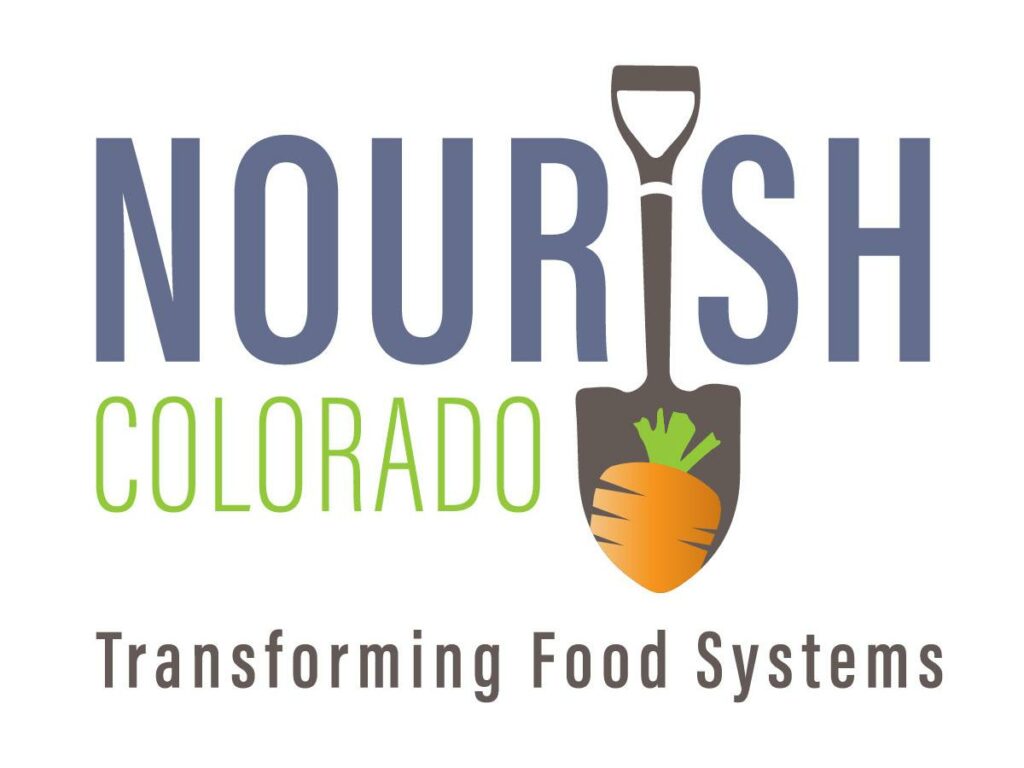How switching from canned to dried beans is improving school food in Fort Morgan
By Chef Rob Mattoch, LiveWell School Food Initiative
 Editor’s note: Read more about our School Food Initiative team’s work in Fort Morgan in this Fort Morgan Times article
Editor’s note: Read more about our School Food Initiative team’s work in Fort Morgan in this Fort Morgan Times article
In the plains of northwestern Colorado, you’ll find the Morgan County School District Re-3, better known as Fort Morgan. The district has 8 schools and around 3,000 students. Among the many wonderful initiatives started by Carol Tormohlen, Director of Food Services, is a new dried bean application. Dried kidney beans have taken the place of usual number ten cans of refried beans and baked beans.
Using dried beans has many advantages including (but not limited to) a cleaner label, a more environmentally friendly product, and cost savings. Beginning a dried bean program takes very few supplies; if your kitchen has the ability to boil water, you can make beans in your kitchen. If you add an immersion blender, you can also prepare delicious, from-scratch refried beans.
If you asked someone in your kitchen to name the ingredients in their canned beans, could they answer? I wouldn’t have been able to. The good news is that canned beans have very few ingredients, but the bad news is that two of the ingredients are salt and allergens. The use of a canned product may sneak soy, wheat, citric acid, or other known allergens into your food. Baked beans present a whole other enigma of ingredients, including added sugar. In contrast, the only things in freshly prepared beans are…beans! The process of preparing beans is simple. Place dried, sorted beans in a jacket kettle, pot, or oven, then cover with water and boil. Cook time can be cut in half if you soak the beans in water overnight in a refrigerator.
How many number ten cans come in and out of your establishment? How many boxes? Where do those cans come from? Think of all the gas required to transport all of that weight across the country. Even with recycling, the process of making and using cans is very energy demanding. Like flour and sugar, dried beans come most commonly in twenty- or fifty-pound bags. Because of the minimal lightweight packaging, beans that come in the dried form are also better for the environment.
Above all, dried beans are possibly the cheapest protein source on the planet. Purchasing beans in dehydrated form makes them incredibly economical. A seven pound can of prepared beans averages $4.69 per can, making the cost about 67 cents a pound. In contrast, a 50-pound bag of dried beans costs about $27. Considering the yield is 300 percent, a 50 pound bag, when cooked, actually equals 150 pounds of beans. That means dried beans costs around 18 cents a pound. By preparing dried beans, you could feed three children at the same expense as feeding one with the canned variety.
Final thoughts: Dried beans are simple to prepare and have great flavor whether they’re added to burritos, soups, salads or served as a side on taco day. With their nutrient punch and low price, don’t forget to find opportunities to add them to your menu!

